Mk 19 Grenade Launching Machine Gun
January 27th, 2024
8 minute read
The late comedian George Carlin, when not discussing profanity or daily life, offered a very insightful view on flamethrowers. “The very existence of flamethrowers proves that sometime, somewhere, someone said to themselves, ‘You know, I want to set those people over there on fire, but I’m just not close enough to get the job done,’” Carlin famously offered.
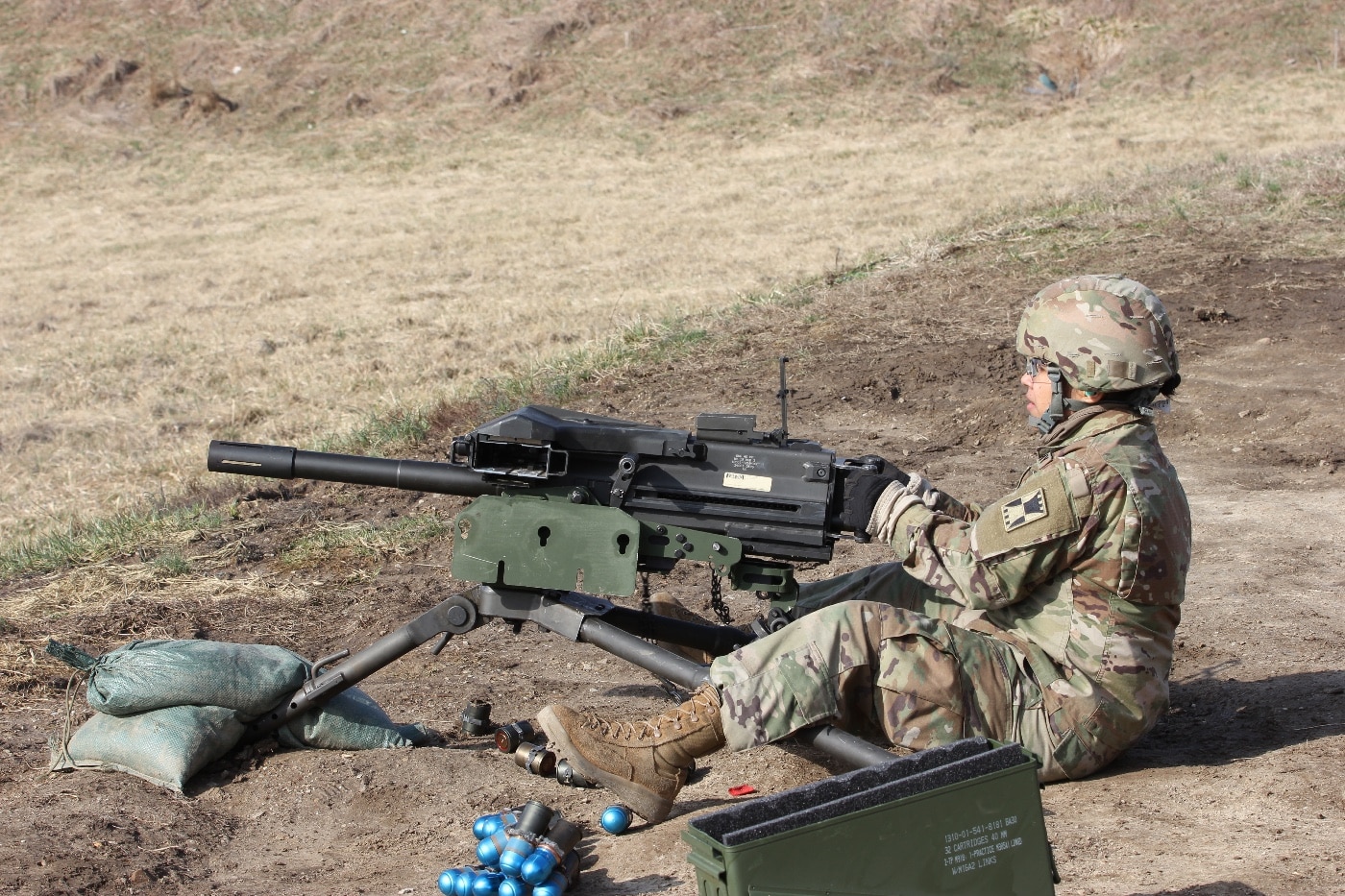
His view could easily translate to grenade launchers. There have long been bombs that could be thrown for centuries, but only star athletes like Ty Cobb or Tom Brady could hope to throw a handheld grenade the distance to blow up “those people over there.”
That is where grenade launchers come in.
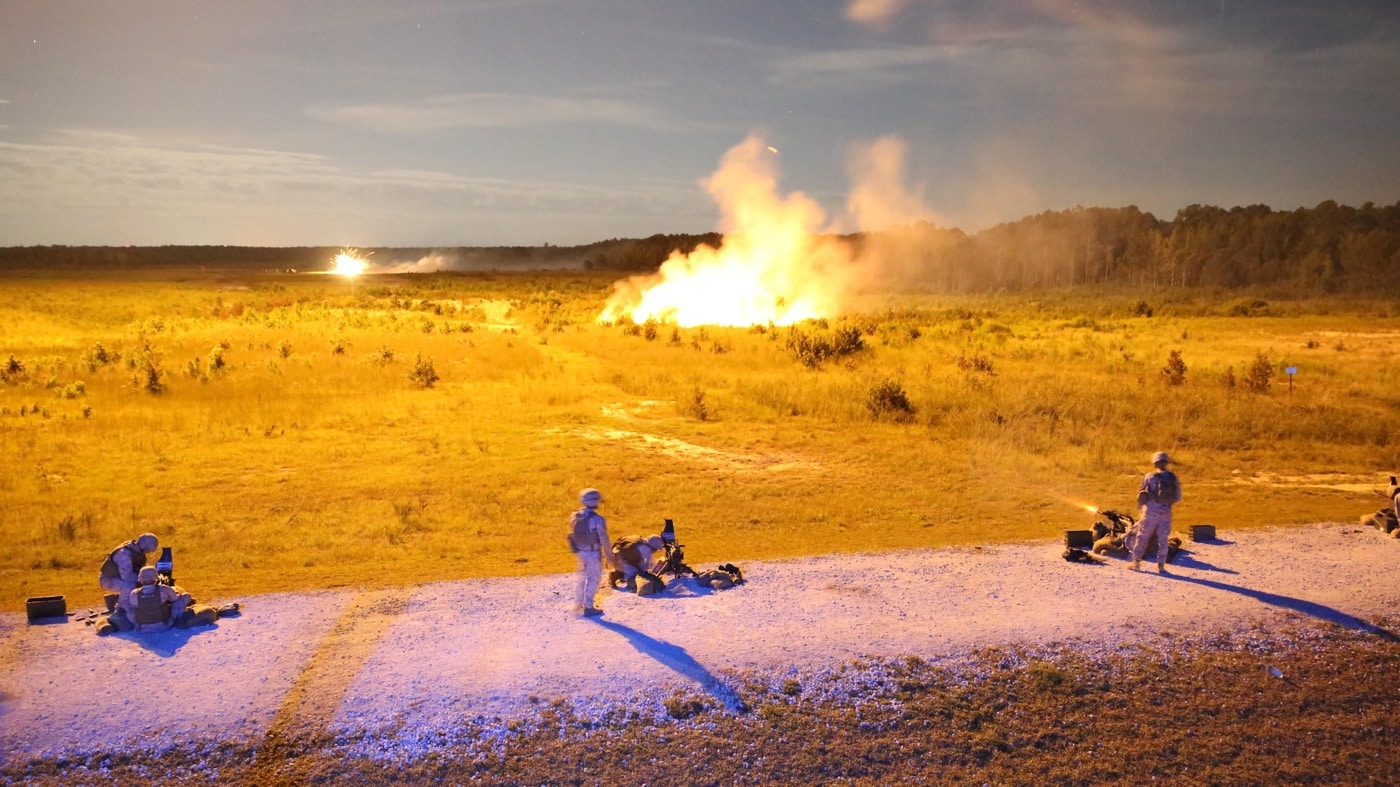
The concept was born with early hand mortars, which took a certain level of bravery to even employ, as the system involved igniting a fuse on a projectile that could just as easily explode in the barrel.
The Early Grenade Launchers
The first true grenade launchers evolved significantly during the First World War when there was very much a case of wanting to try to blow up soldiers across no man’s land. While artillery could do the job at a macro level, grenade launchers were in essence about targeting the enemy on a micro level.
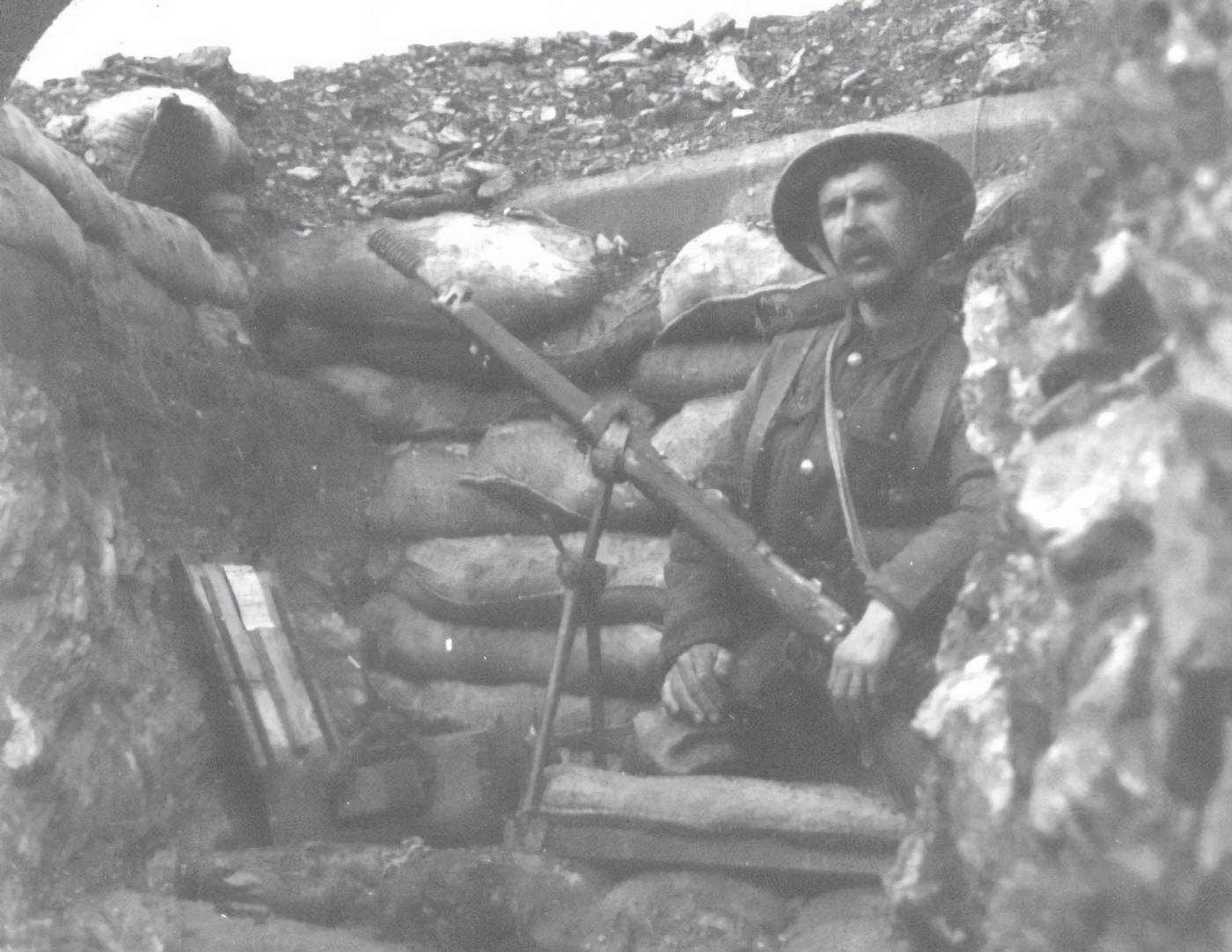
The initial grenade launchers began as crossbows, catapults, and spring guns — but that evolved into rifle grenades. It allowed an infantryman to use a modified rifle to launch grenades in advance or even during an attack at ranges that even Brady’s arm couldn’t deliver. The downside of rifle grenades was that it required the soldiers to mount the grenade to the muzzle, but it remained the standard method of grenade launchers for decades.
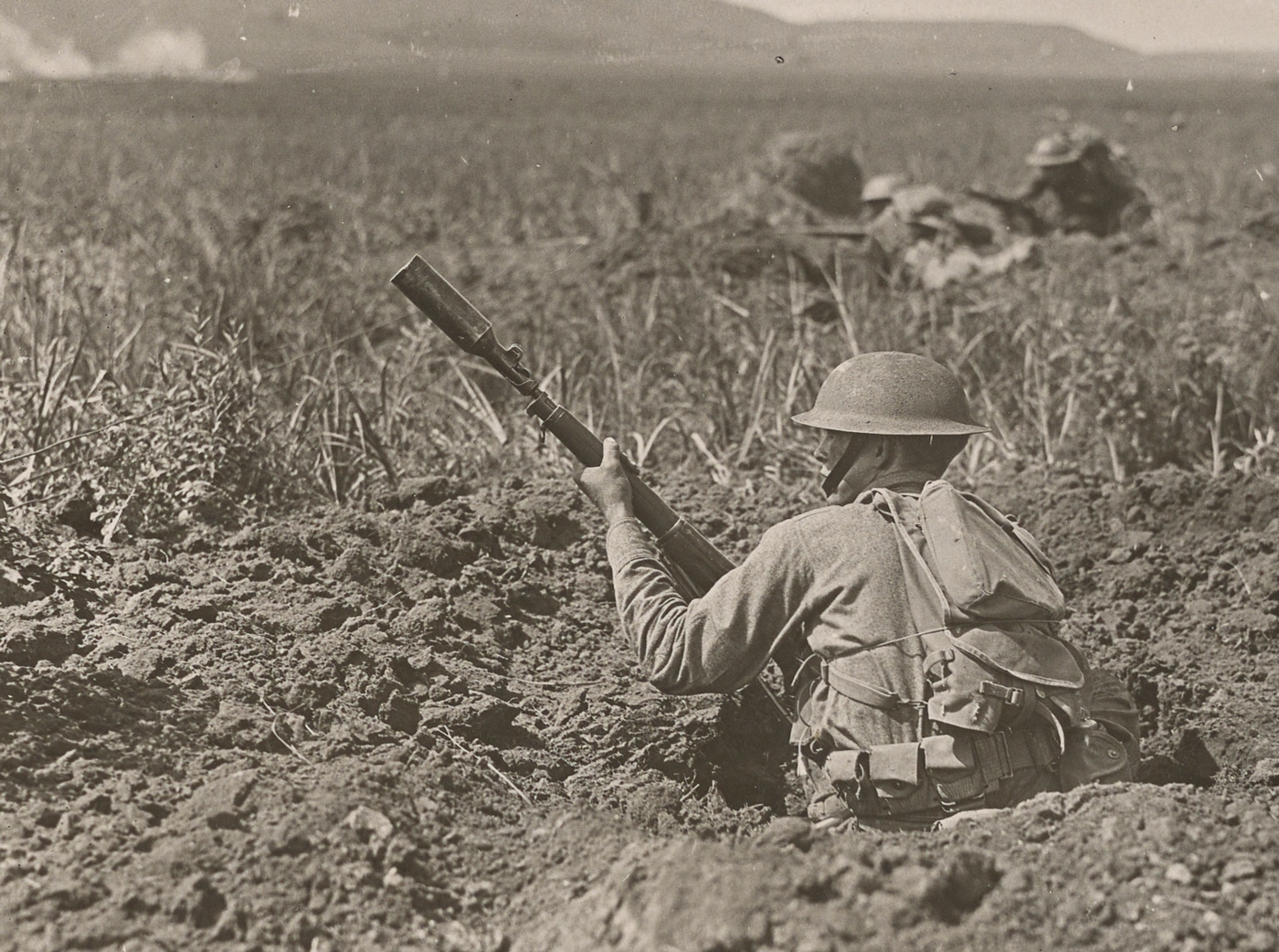
This led to the development of stand-alone launchers, which were essentially firearms designed to fire specially designed ordnance, followed by attached launchers that were positioned under the muzzle of a rifle. This provides the modern warfighters with both their standard rifle while offering the ability to deliver a grenade when the need calls.
Enter the Mk 19
However, even as weapons such as the M203 arguably “got the job done,” the U.S. military still saw a need to truly send the grenades down range with a rate of fire and to a distance that was simply unprecedented. What it needed was a platform that was akin to a machine gun-styled grenade launcher — and thus was born such a weapon as the Mk 19.
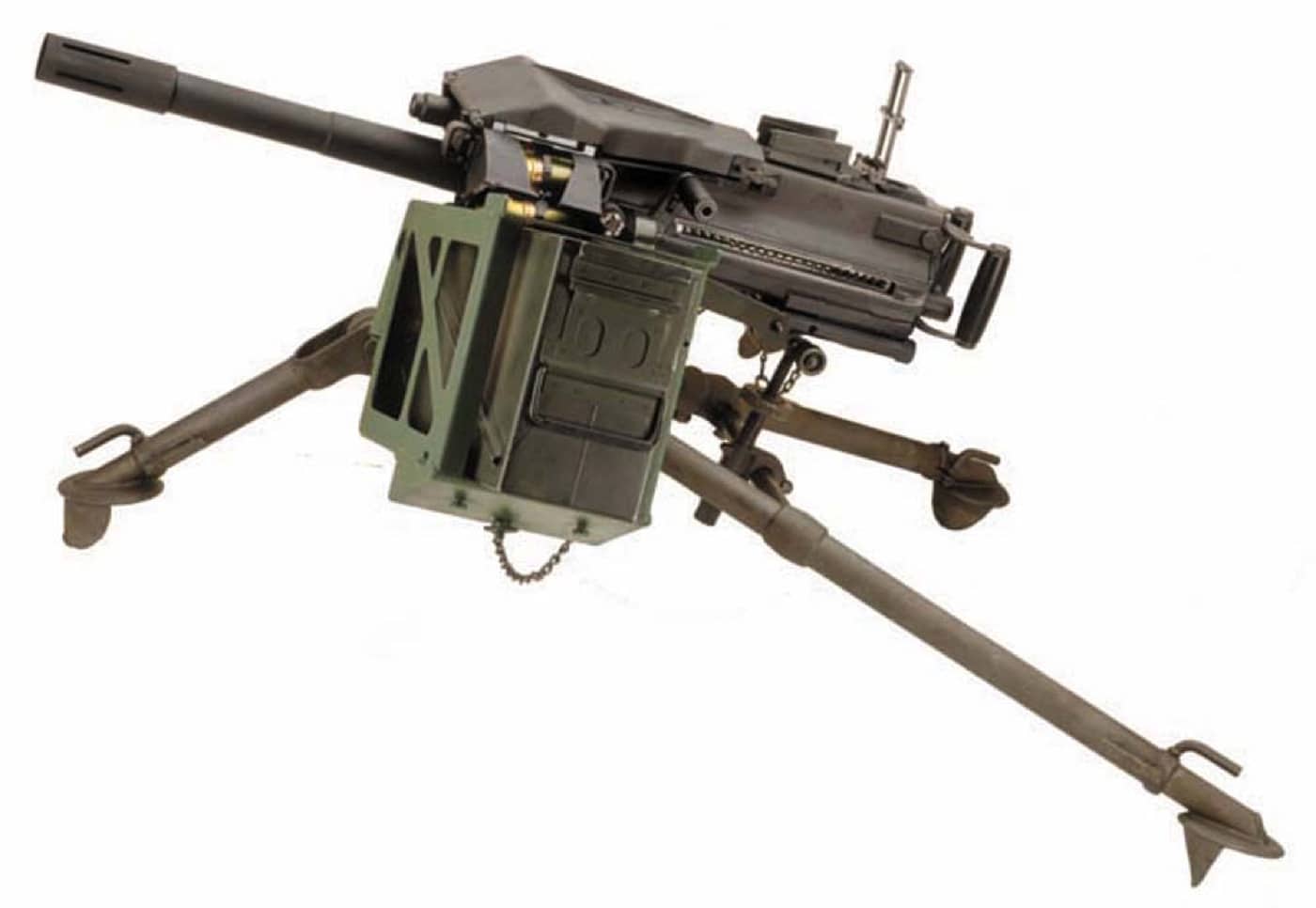
Development of the 40mm belt-fed automatic grenade launcher actually began during the Vietnam War to provide sustained heavy fire for infantry and other military personnel. At the time, the U.S. military was seeking to find a replacement for the Mk 18 Mod 0, a 40x46mm launcher, that was also the last known hand crank-operated firearm adopted by the U.S. military.
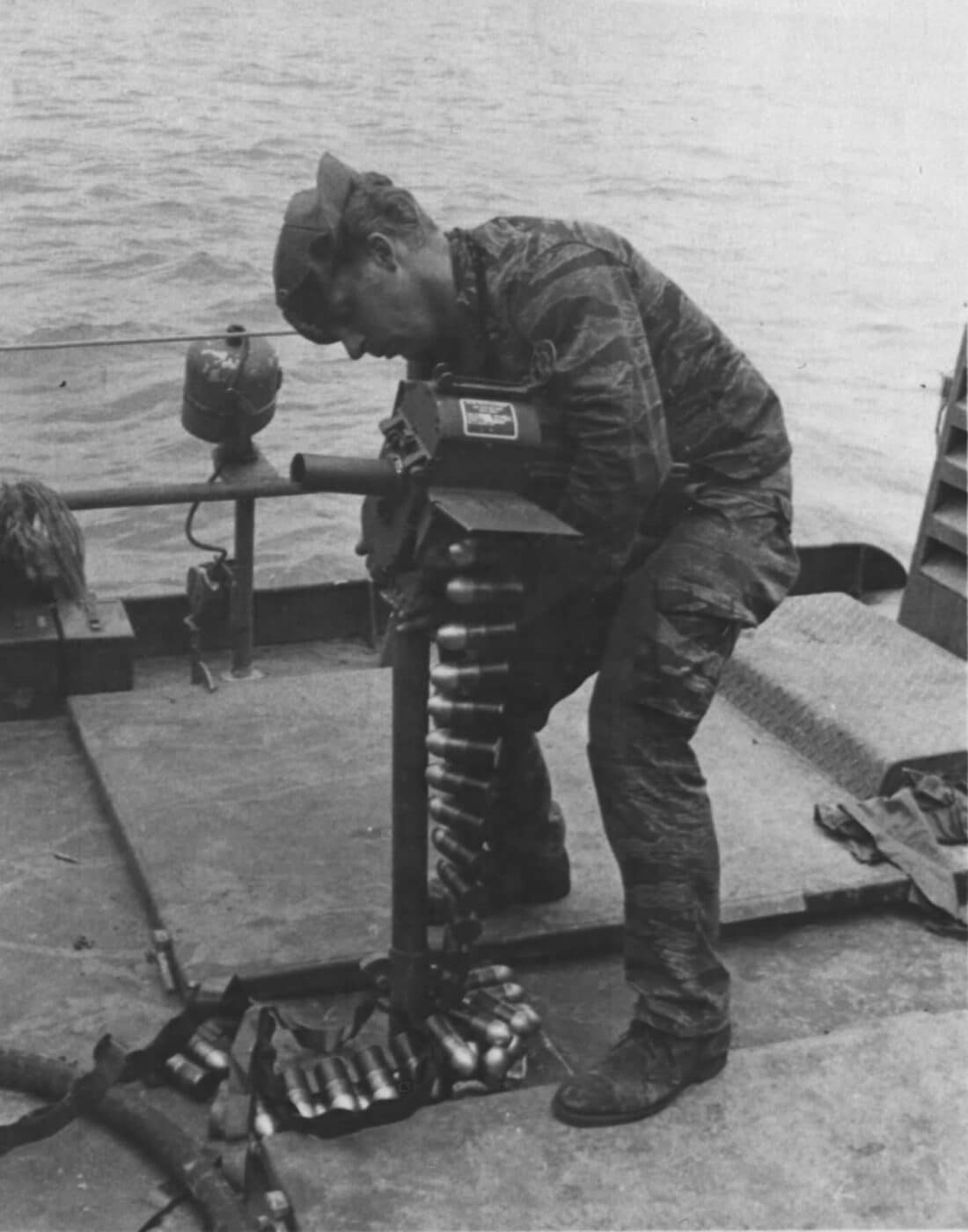
That platform, though effective enough that it was employed by the so-called “river rats” and U.S. Navy SEALs in Southeast Asia, was limited by its short effective range of just 375 meters (410 yards).
The Mk 19 was essentially as much of a leap forward as the Browning Model 1917 machine gun had been from the hand-cranked Gatling Gun. The weapon was designed at the Naval Ordnance Station in Louisville, Kentucky, in 1966. It was introduced in 1968, and first saw combat with the U.S. Special Operations Forces, mounted on vehicles, boats, or on a tripod.
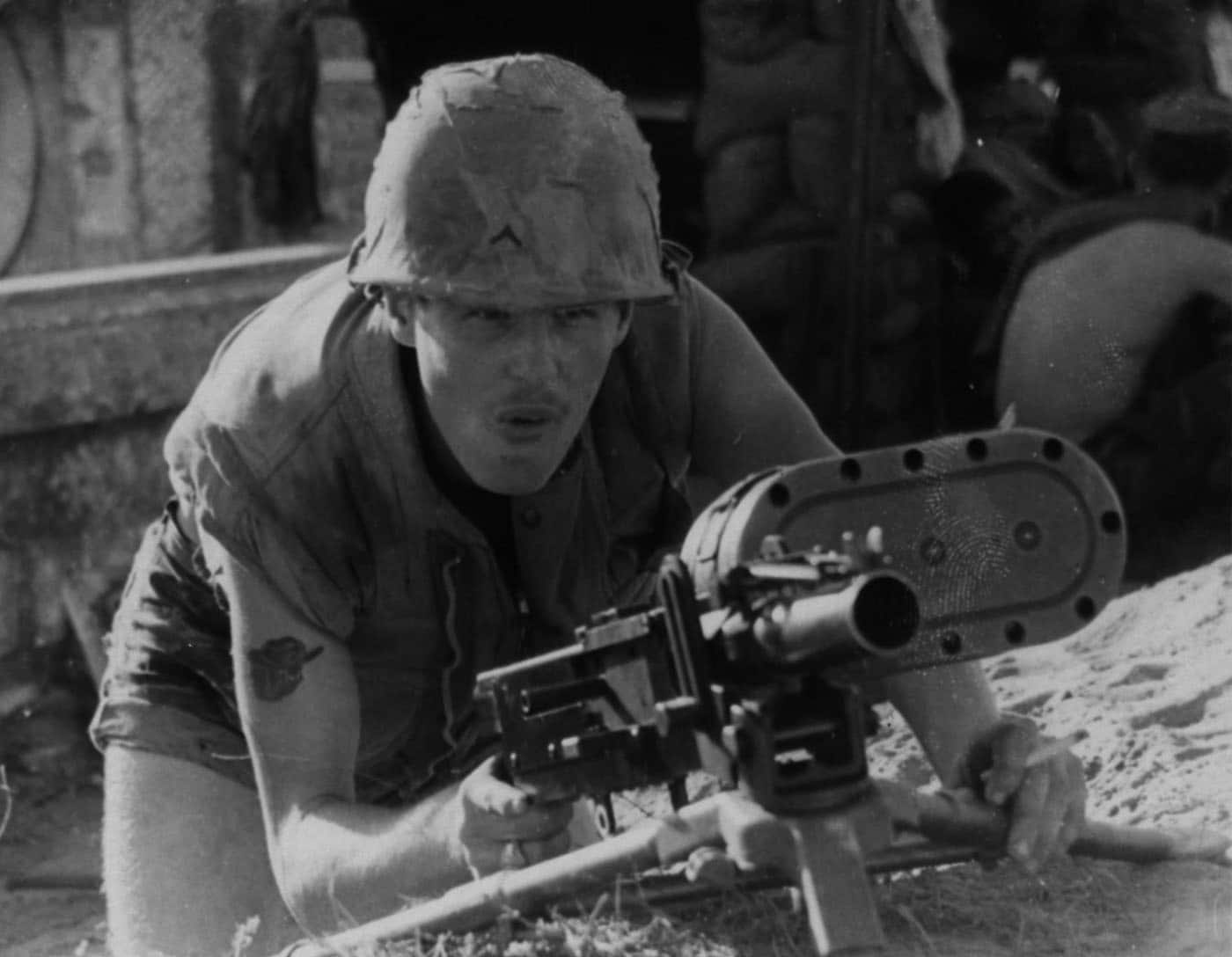
Though it is technically a grenade launcher, it is also essentially an air-cooled, blowback-operated, belt-fed machine gun that fires 40mm high explosive dual purpose (HEDP) ordnance. As the Mk 19 fires from an open bolt, and can maintain a low barrel temperature during rapid fire, the rounds cannot “cook off,” yet it has a sustainable cyclic rate of 325 to 375 rounds per minute — although the effective rate of fire is 60 rounds per minute, with a muzzle velocity of 790 feet per second.
It is noted for having a weapon life exceeding 50,000 rounds, whilst mean rounds between failures exceed 20,000 rounds. As a grenade-type weapon, the minimum range is about 80 yards for the safety of the operator and friendly personnel.
Machine Gun-Style Dominant Firepower
It is noted for being able to dominate a space at short and long-range distances with continuous firepower. When employed on the battlefield, the Mk 19 grenade launcher — which is equipped with Maxim machine gun-style spade grips that provide stable control — is capable of delivering lethal fire against a variety of targets, including lightly armored vehicles and dismounted infantry out in the open, in defilade, or in entrenched fighting positions.
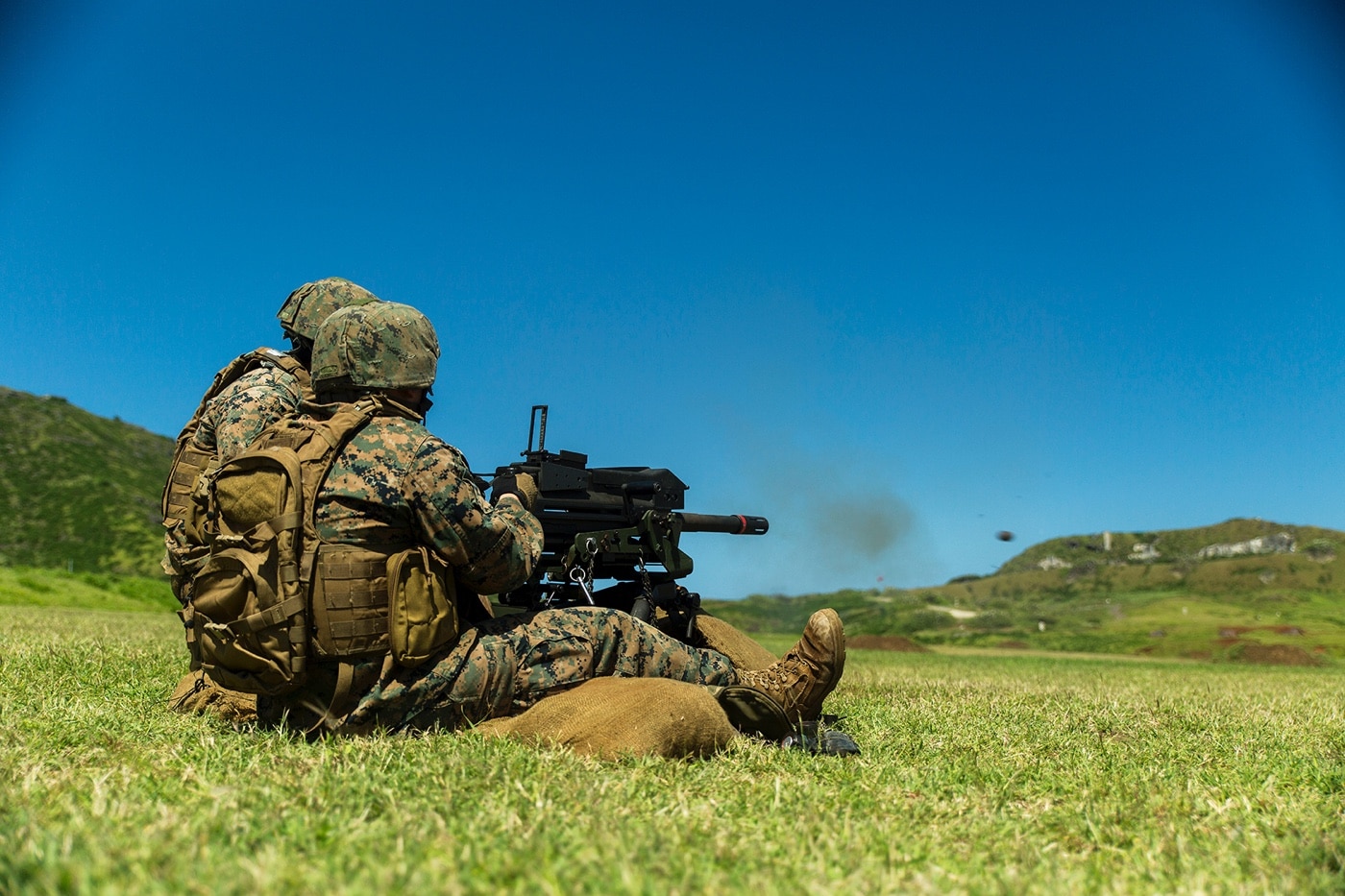
As an infantry weapon, the Mk 19 automatic grenade launcher is typically mounted on a robust tripod that isn’t all that different from the U.S. military’s mount for the Browning .30 caliber or .50 caliber machine guns. As with those machine guns, it normally requires a crew of two — with one managing the firing and the other facilitating the belt feed.
Versatile and Effective
As the platform is also noted for its low recoil and comparatively light weight of just 77.6 pounds and compact size (43.1 inches in length, the Mk 19 has been adapted for use on a variety of platforms, including small attack boats and fast attack vehicles, such as the Humvee (HMMWV), AAV and Stryker, as well as a large variety of naval mounts.
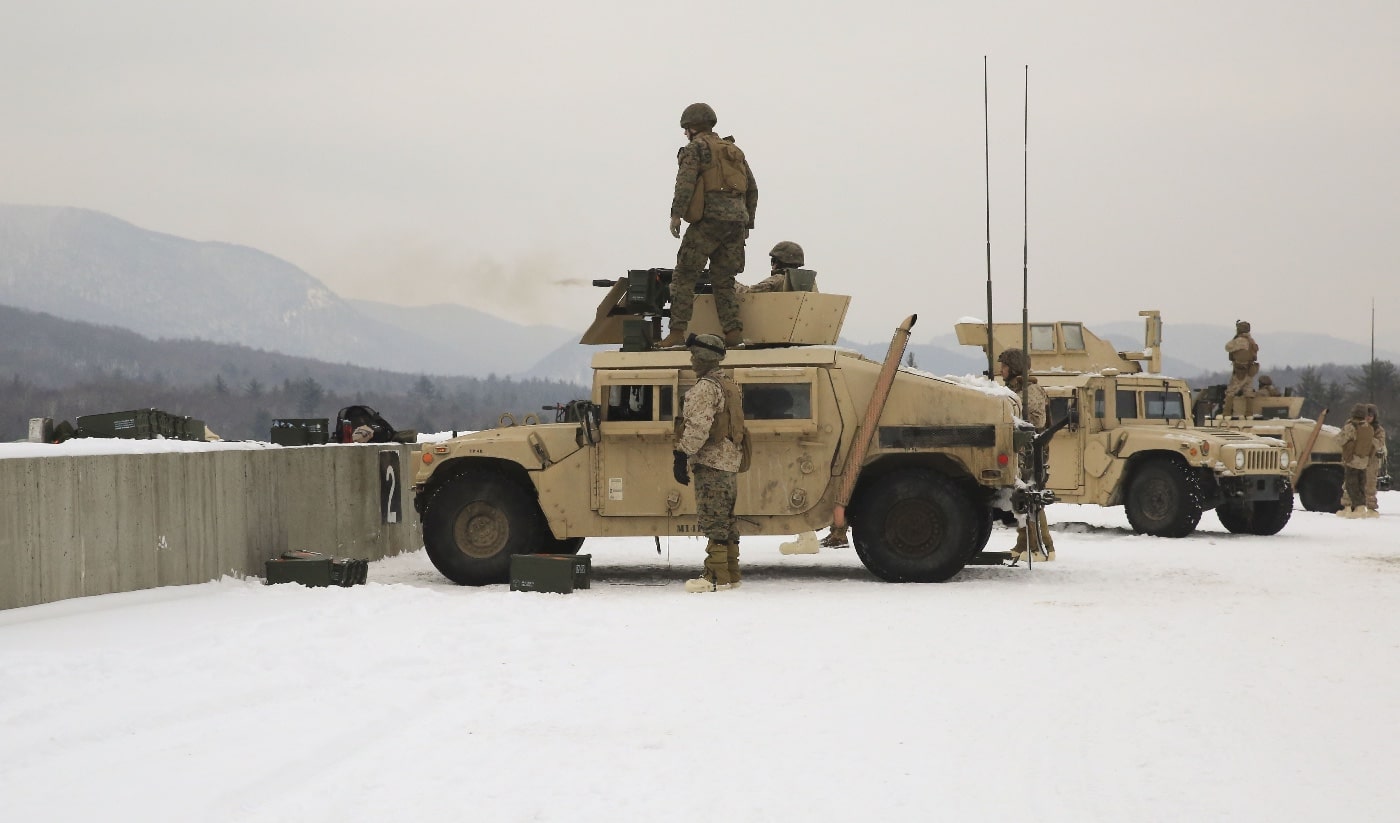
The Mk 19 can be employed to effectively engage point targets up to 1.5 km (1,600 yards), while it can be used to strike area targets at distances up to 2,212 m (2,419 yards). It is also outfitted with a flip-up leaf rear sight for “precision” fire, marked to 1,500 yards.
The 40mm HEDP round can penetrate 75mm rolled homogenous armor at its maximum range, which means it can penetrate most infantry fighting vehicles and armored personnel carriers. When used against dismounted personnel, it has a kill radius of five meters against infantry, and within a radius of 15 meters enemy troops on the ground will be immobilized by blast and fragmentation.
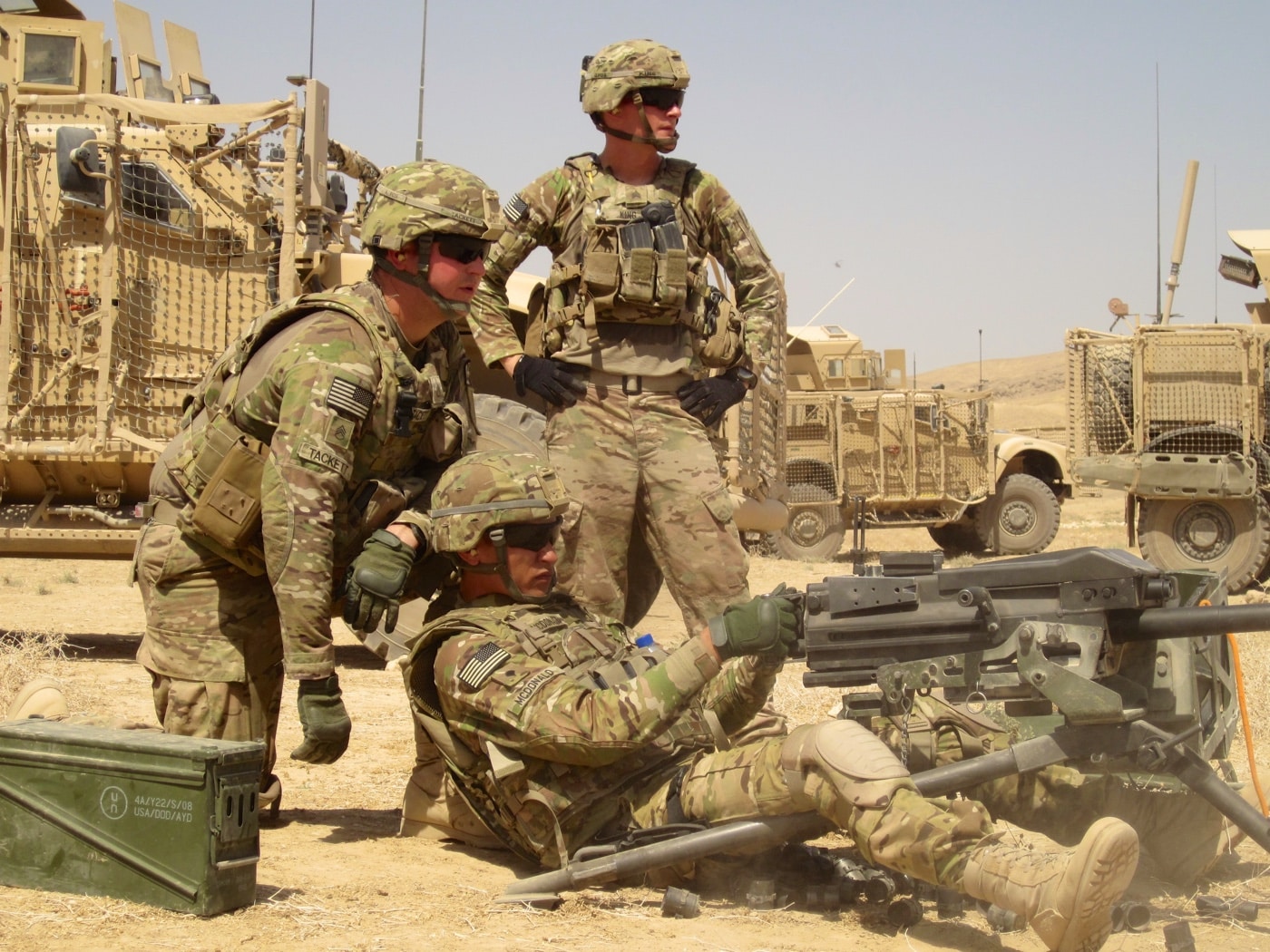
Perhaps one area where the Mk 19 did come up short — at least compared to the aforementioned M1917 machine gun — is that the 40mm ammunition (40×53 mm) is not interchangeable with the ordnance for the M203 (40×46 mm) under-mount grenade launchers used by the U.S. military. At issue was that the M203 round develops a lower chamber pressure, and resultant lower muzzle velocity and range.
To date, the difference in ordnance hasn’t resulted in any supply issues on the battlefield, however.
Mk 19 Grenade Launcher in Combat Operations
The Mk 19, which is currently produced by General Dynamics Ordnance and Tactical Systems, has been upgraded and will likely remain in service with the U.S. military for years to come. Much like John Browning’s machine gun designs, it would be hard to significantly improve upon the platform.
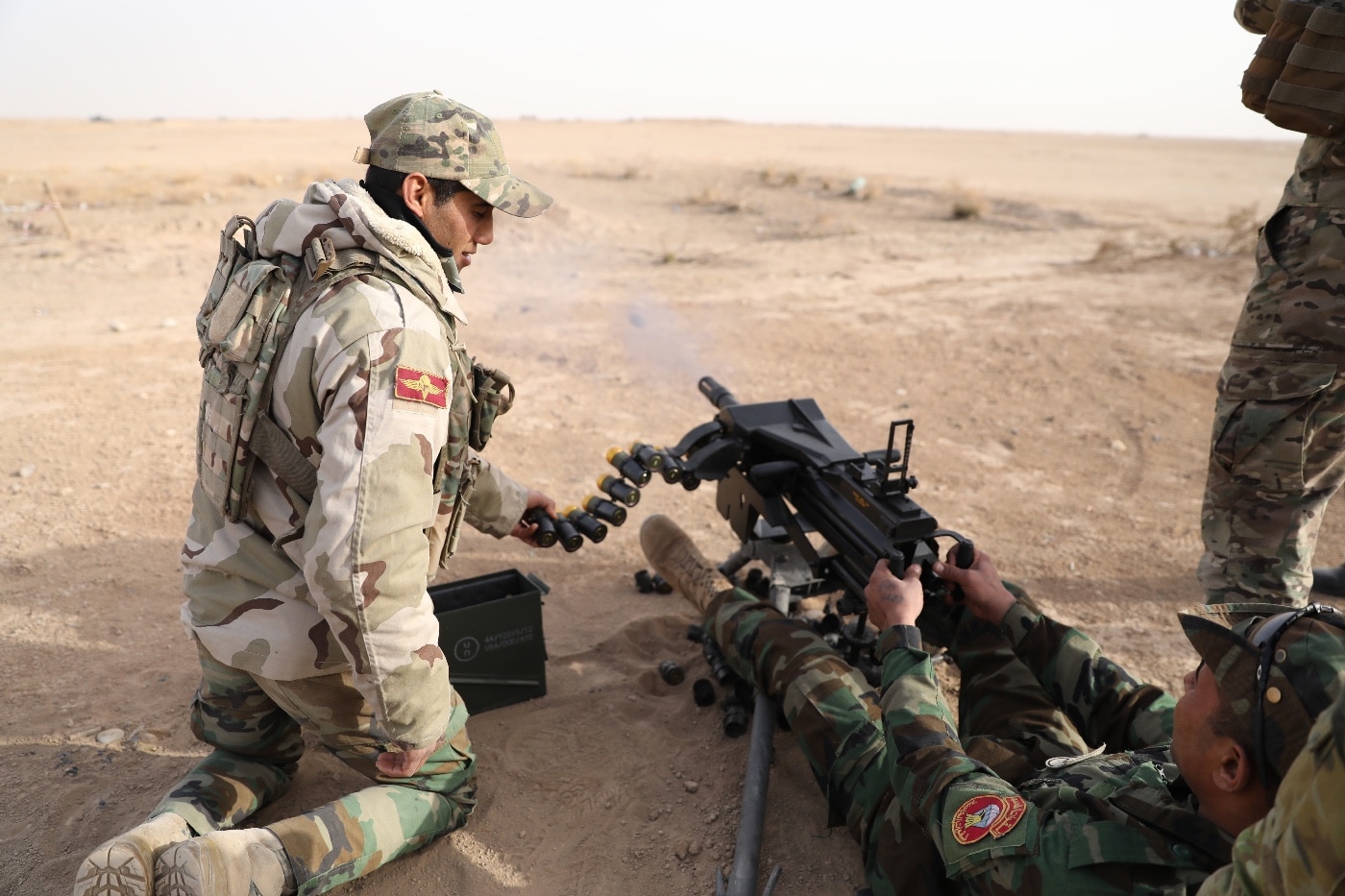
There have been attempts to develop additional ordnance for the Mk 19 — including an airburst grenade that employs a programmable, time-based fuse. Such rounds could provide greater effectiveness and lethality to what is already an extremely effective and deadly weapon.
To date, more than 35,000 Mk 19 Mod 3 systems have been produced since the middle of the 1980s, and it has been employed with U.S. allies and partners around the world. The grenade launcher has been adopted by several NATO members and was produced under license in Egypt, Israel, and South Korea. In Israeli service, it was produced under the name “Maklar,” short for mikla rimonim or “grenade machine gun.”
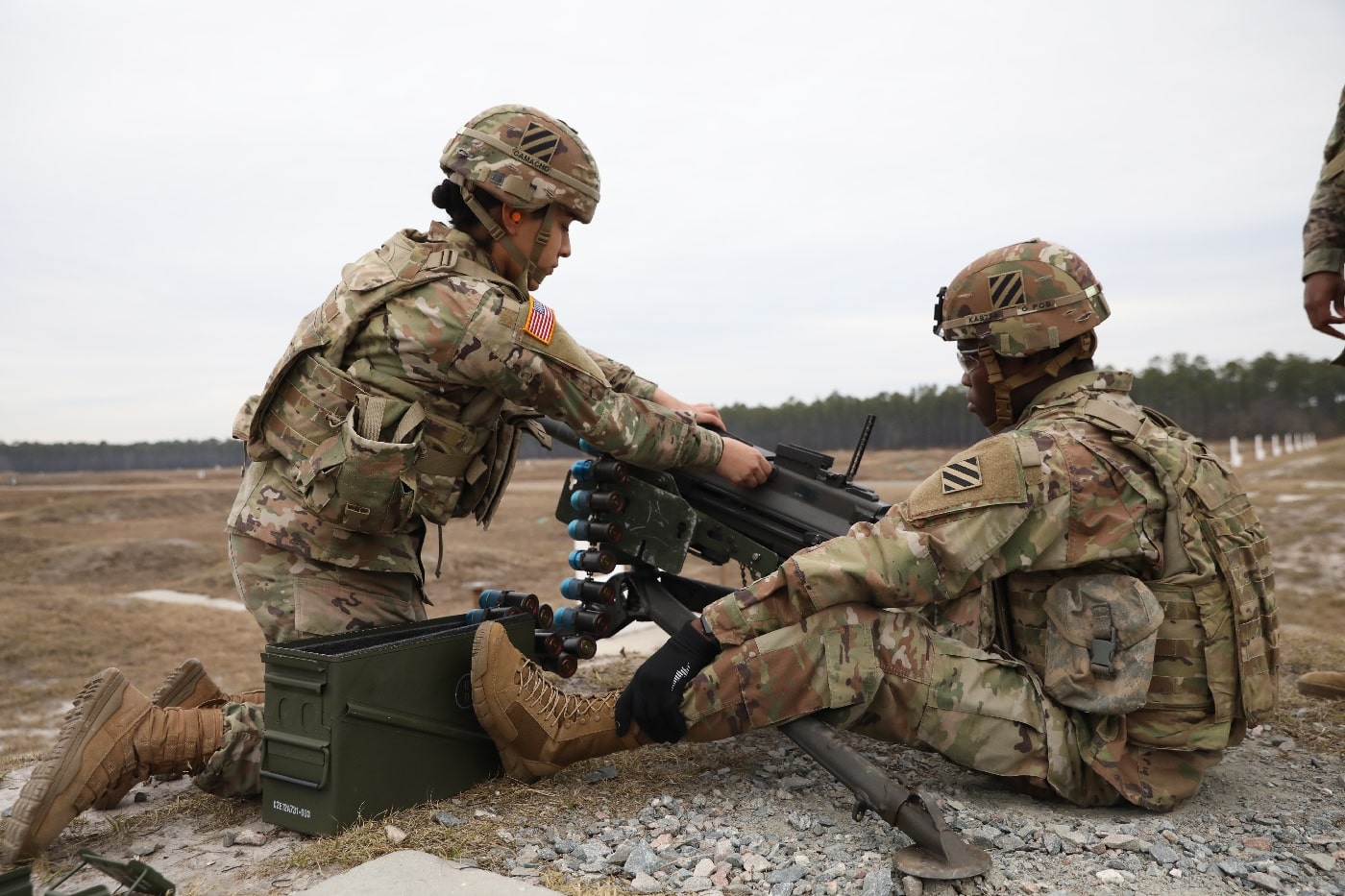
Though it was first employed in Vietnam, the Mk 19 proved to be well-suited to the rugged terrain of Iraq during the 1991 Gulf War and was used in the Global War on Terror (GWoT) throughout the world — serving with U.S. and partners in conflicts in the Middle East and Africa. It has also been employed by the Mexican Army in its ongoing conflict with the drug cartels.
An unknown number of the Mk 19 grenade launchers were supplied to the Afghan Army before the U.S. withdrawal in August 2021. Those were subsequently captured by the Taliban, which has continued to employ the weapon in its war with ISIS-K.
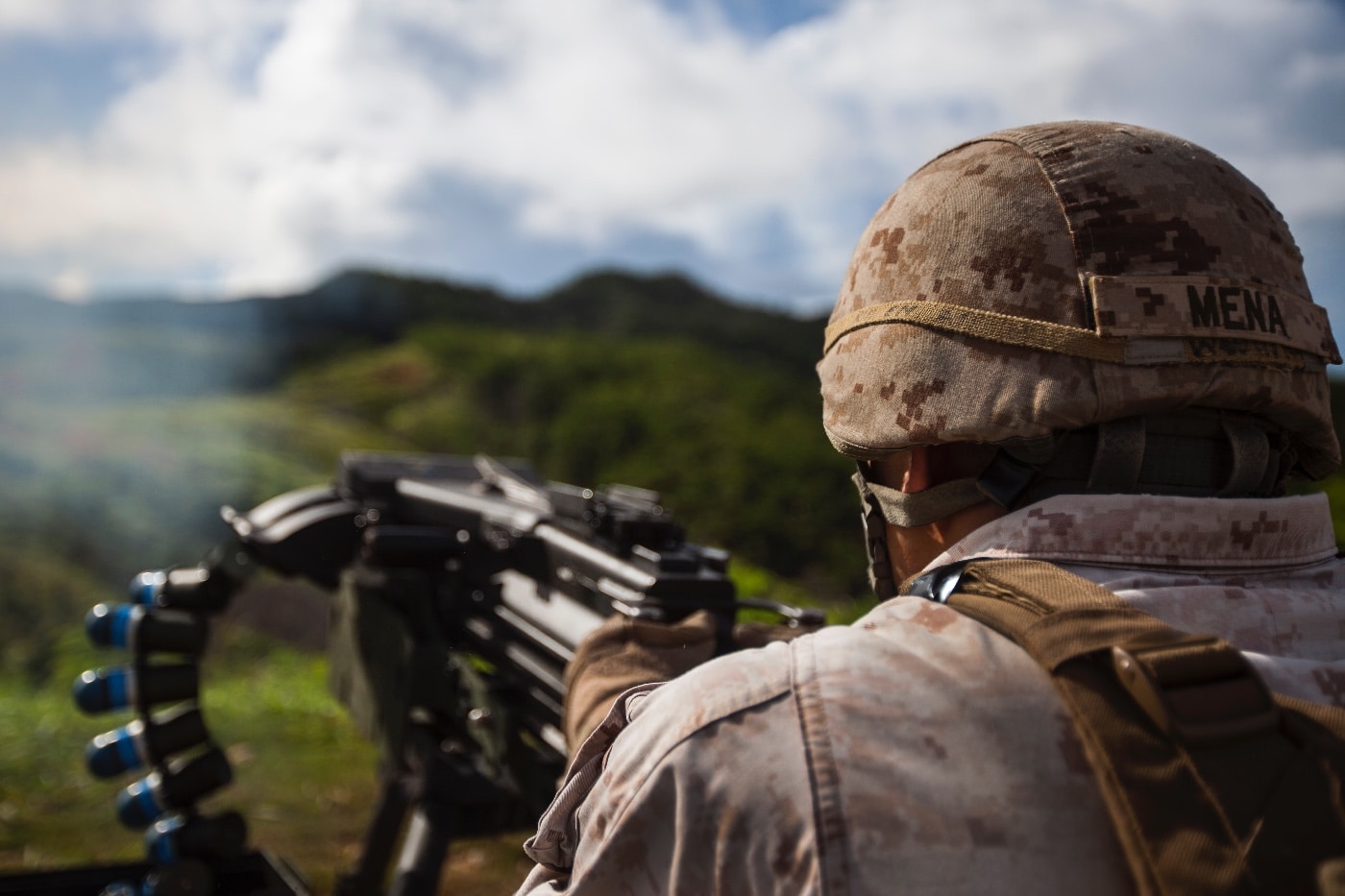
To date, it remains unclear if Afghanistan has been able to produce the 40mm HEDP rounds locally — but Iran managed to keep U.S. military hardware operational for decades after its 1979 revolution, and it also has continued to operate a number of Mk 19s that were supplied in the 1970s. Fortunately, the Islamic Republic was never able to replicate the platform with any success, but Afghanistan — which has copied firearms for centuries — could have better luck… .
Editor’s Note: Be sure to check out The Armory Life Forum, where you can comment about our daily articles, as well as just talk guns and gear. Click the “Go To Forum Thread” link below to jump in!
Join the Discussion
Continue Reading
Did you enjoy this article?

 343
343






